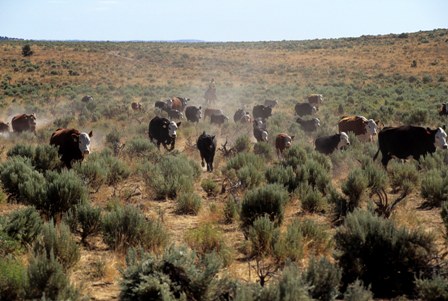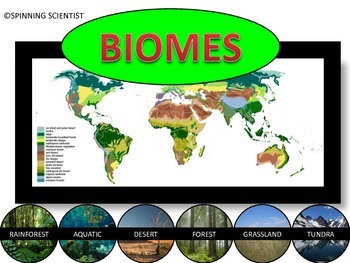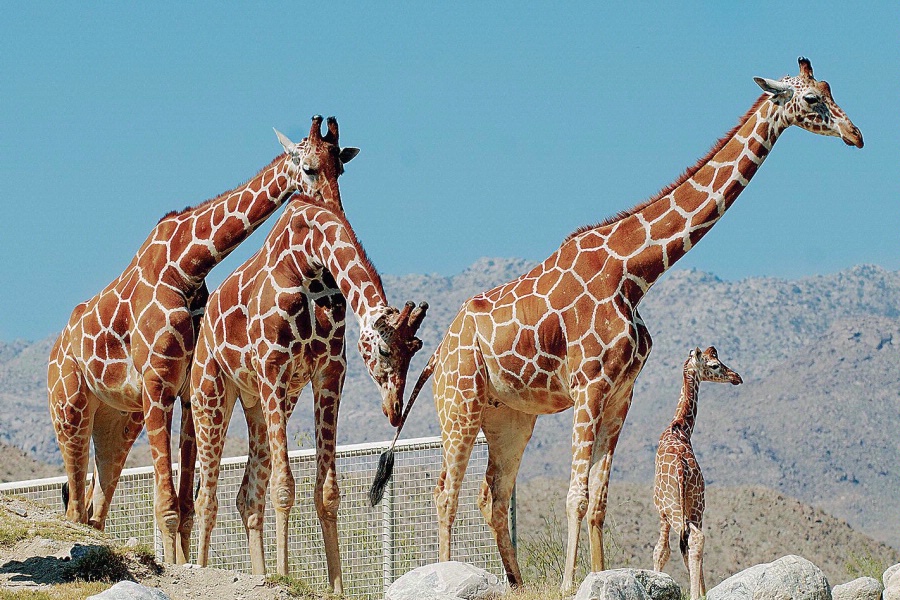20 Animals That Live In The Desert Ecosystem
Rest in the shadows form the higher sand dunes when the sun is on the opposite side. Most of the area of deserts is completely sand and shadeless so many animals like camels etc.
The Living Desert Zoo Gardens In Palm Desert The Perfect Oasis For Rocker Debora Iyall My Fave Places
Children will have fun learning about the desserts ecosystem and all of its inhabitants.

Animals that live in the desert ecosystem. Their extra-long ears help to transfer out excess heat from their body into the air. Marsh Hawks of Moab Slough. Generally the desert consists of several kinds of species.
A kangaroo rat is a rodent that is found in desert areas in south-western North America. Articles about Desert Animals. Insect seeks shelter underground as the temperature below the surface is lower than the outer temperature.
Dingoes do not live in sandy deserts. It has a muscular body pointed ears and a narrow muzzle. Kangaroo rats have made several adaptations to enable them to survive in the desert including.
What Animals Live In The Sahara Desert. Many mammals reptiles and amphibians live in burrows to escape the intense desert heat. Bighorn sheep is found in the region that lies between Nevada California south Mexico and west Texas.
The Trans-Pecos region is the only part of Texas where mountain and desert habitats are found. Getting moisture from their seed diet. The four main types of desert include hot and dry deserts semi- arid deserts coastal deserts and cold deserts.
They live almost everywhere including semi-arid areas of Australia where spinifex grass or. Activities - Desert Animals. The desert habitat is home to a range of animals and plants that have actually adapted to make it through in extreme dry conditions.
Among the top predatory animals that live in the Sahara Desert is the Saharan cheetah. A critically endangered species the addax antelope Addax nasomaculatus is. Desert kangaroo rats live in areas with loose sand often dune terrain.
The vegetation diversity is also. The bobcat the most abundant cat in the southwestern United States also resides in the area. Animals such as the black-tailed jackrabbit Lepus californicus are also adapted to life in the desert.
Scientific name of this sheep is Ovis canadensis nelsoni. Most animals either come out during the early morning or in the evening. Usually the kit fox seeks kangaroo rats but lizards insects birds and rabbits will also be eaten.
This unique combination contributes to the tremendous vegetation diversity in the region which includes at least 268 grass species and 447 species of woody plants. Rodents also plug the entrance of their burrows to keep the hot and dry winds out. Best collection of anima.
It depends upon what you understand by the term desert. Life on Desert Sand Dunes. Plants animals and other organisms that live in deserts have evolved to survive harsh conditions scarce water and barren landscapes.
Attract Hummingbirds and Butterflies to. Dromedaries camels hawks and scorpions. It consists of Insects such as Anopheles mosquito Caterpillar Scorpions Spiders Lice Ants Butterflies Moths and Roaches.
Some desert habitats are short-livedspringing up to brighten the landscape only when the rains come. Your Pet and Desert. Mammals Birds Fish Reptiles Amphibians Insects Spiders Invertebrates.
The bighorn sheep is found in deserts of North America. Some animals like snakes foxes and most rodents are nocturnal. Watch for this elusive creature alongside the road as you drive through the desert at night.
75+ Animal Adaptations In The Desert
Thorns and thin spiky or glossy leaves to reduce water loss. Adaptation to life on land presents animals with a number of physiological problems which become most acute in desert regions.

Life In The Desert Kendra Webb Eq What
Perhaps the saharas most famous animal is the dromedary camel domesticated for thousands of years and long used by the desert nomads.

Animal adaptations in the desert. The drought evader animals adopt either a short annual life cycle that revolve around the scanty rains or undergo aestivation eg. These are associated mainly with effecting nitrogenous excretion and respiration while at the same time conserving water and preventing an excessive rise in body temperature. Desert tortoises have an oversized bladder that can carry extra water.
Mammals are endotherms or warm-blooded meaning they generate their own heat. The fennec fox is the smallest of all fox species. Many mammals reptiles and amphibians live in burrows to escape the intense desert heat.
Long shallow roots which. Desert tortoises are active mostly during the day depending on the temperature. Spikes protect cacti from animals wishing to use stored water.
The desert tortoise has made many adaptations to its home environment. How have fennec foxes adapted to the desert. Many have two layers of fur that covers all of their body.
They are found in the Sahara. 10 Desert Animals With Brilliant Survival Adaptations. The organism has an adaptation to get water or conserve water.
The organism has at least five adaptations to help it survive in the desert. They burrow under the sand to protect themselves from the intense heat in the summer and subfreezing temperatures while it is dormant in the winter. Large fleshy stems to store water.
Plant and animal adaptations in the desert. The characteristic animals of the desert are insects small rodents and reptiles. The Gila monster and the desert tortoise both spend most of the hot dry summer underground and they store water in their bladders similar to how you might carry a water bottle.
Deep roots to tap groundwater. One of the most important adaptations of dolphins is their ability to use echolocation to learn about their surroundings. Adaptation of desert animals Animals in some deserts depend on seasonal rain to store enough water to get them through the dry seasons.
In addition to skin all mammals also have the adaptation of an outer layer offur or hair. Thus most of the animals in desert ecosystem rely on their behavioural physiological and structural adaptations to avoid the desert heat and dryness. How have kangaroo rats adapted.
In the desert many animals are brown to blend into the brownish-red sand and rocks. Plant Adaptations Whales and dolphins are mammals that breathe through nostrils called a blowhole located right on top of their heads. Thick waxy skin to reduce loss of water and to reflect heat.
10 Kenyan Sand Boa. The organism has an adaptation to survive extreme. Water so necessary for life processes is often scarce.
Body coverings help to protect animals in diverse environments -- from the land to water from the arctic to the desert. Most animals either come out during the early morning or in the evening. Some of the most important physiological adaptations for animals living in high temperature habitats are the abilities to obtain and retain water.
Fish have gills for breathing oxygen in water and fins for propelling and steering their body through water. Poikilothermic animals which match their internal temperature to the external are adapted to live easily in the desert. A family of fennec foxes.
Rodents also plug the entrance of their burrows to keep the hot and dry winds out. Primary homework help animal adaptations Ducks have webbed feet that help them in swimmingK-2 teachers may like to try these camouflage games On the other hand physical adaptations are special body parts that help an animal survive in an environmentAnimals depend on their physical features to help them obtain food keep safe build homes withstand weather and attract mates Click. Birds and mammals are comparatively rare or absent.
An animals body covering is one clearly visible adaptation. Desert rodents such as kangaroo rats obtain all of the water they need by eating dry seeds.
28+ Rainforest Biome Animal Adaptations
They are home to many resources but deforestation could result in negative. With just a single bite to the back of their preys head with their razor sharp teeth they can kill their prey instantly which is dissimilar to other huge cats that attack the neck of their prey.

What Are The Abiotic Factors Of The Tropical Rainforest
Some adaptations include birds such as parrots and toucans developing big strong beaks to open the tough shells of nuts in the forest.

Rainforest biome animal adaptations. An example of an animal adapted to life in the tropical rain forest is the crocodile. Chapter 46 - An Introduction to Ecology. Distribution and Adaptations of Organisms.
On what impact the loss of this animal has had on Indiana terrestrial biomes. Speculate on what impact the loss of this animal had on Indiana terrestrial biomes. The bill also is used to cut the fruit from the tree.
The soils for the tropical rainforest are usually very nutrient poor. One very notable change was within the toucan. Rainforest biome adaptations such as big bills to eat perfect claws to stand on the trees two claws in the front and two in the back correct color to blend into the surroundings have helped them survive.
Tropical rainforest biomes Tropical rainforests contain far more species of plants and animals than any other biome. Distribution and Adaptations of Organisms. Another adaptation that they have is their tails.
They can climb trees which is an uncommon thing in the rainforest. Many of them live on a diet of fruits and plants growing in the forest. Plant adaptations in the desert rainforest and tundra allow plants and trees to sustain life.
While some lines of evolution indicate that animals have changed and adapted dramatically into different forms the crocodile is evidently so well adapted that it has. Several birds have strong or longer beaks. Animal adaptations Many animals have adapted to the unique conditions of the tropical rainforests.
Many of the animals are able to move freely among the many trees which act as both food and shelter for them. The sloth uses a behavioral adaptation and camouflage to survive in the rainforest. Plant populations co-evolve characteristics that are uniquely tailored to their environment.
The soils for the tropical rainforest are sometimes very poor. Animal Adaptations in the Tropical Rainforest Biome Animals come in various colors which act as a camouflage to protect them from their pred-ators. For an animal to successfully exhibit this adaptation it needs not only to have a color that will help it blend into the environment but also a shape that is unrecognizable by its predator.
This adaptation allows this bird to reach fruit on branches that are too small to support the birds weight. They have enormous beaks which serves as a way for them to cool down. The tropical rainforest biome is the flora and fauna that make up the ecosystem.
How can these areas be so rich in. Although three-toed sloths are both diurnal and nocturnal theyre largely inactive during the day. Rainforest biome adaptations such as big bills to eat perfect claws to stand on the trees two claws in the front and two in the back correct color to blend into the surroundings have helped them survive.
Chapter 46 - An Introduction to Ecology. Sloths have adapted to the rainforest ecosystem in several ways. The sloth uses camouflage and moves very slowly to make it difficult for predators to spot.
Some native species of the tropical rainforest biome include monkeys birds snakes frogs and lizards. Since there are so many animals living in this biome learn to eat a particular food so that competition is reduced. Distribution and Adaptations of Organisms.
Animals have also adapted to the rain forest. Adaptations can include such traits as narrow leaves waxy surfaces sharp spines and specialized root systems. Chapter 46 - An Introduction to Ecology.
Many animals are able to camouflage to avoid predators. Grassland Animals and their Adaptations. Toucans have adapted by developing long large bill.
Chapter 46 - An Introduction to Ecology. The first and most common animal adaptation in a tropical rainforest is camouflage. Two-toed sloths are nocturnal which enables them to avoid diurnal or active during the day predators by sleeping during the day.
This shows how birds have also adapted to the environment. Animal Adaptations There is a large variety of animals livig in the tropical rainforest.

